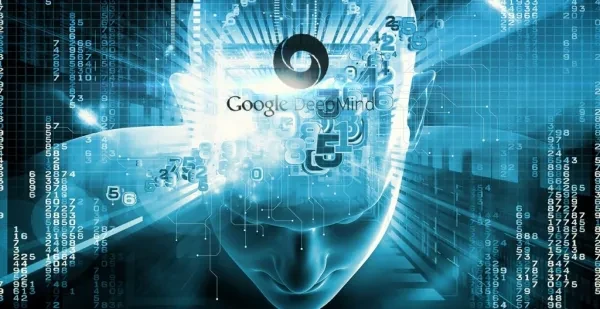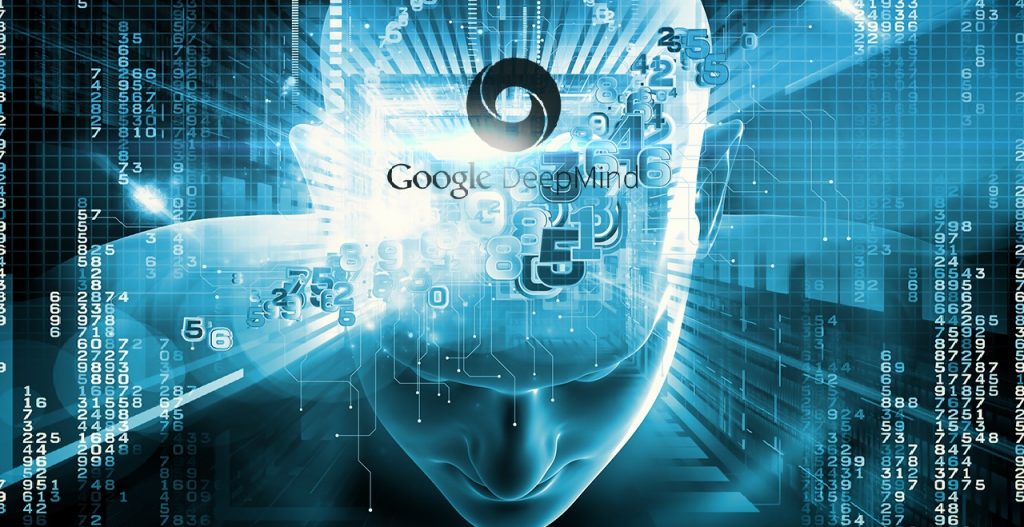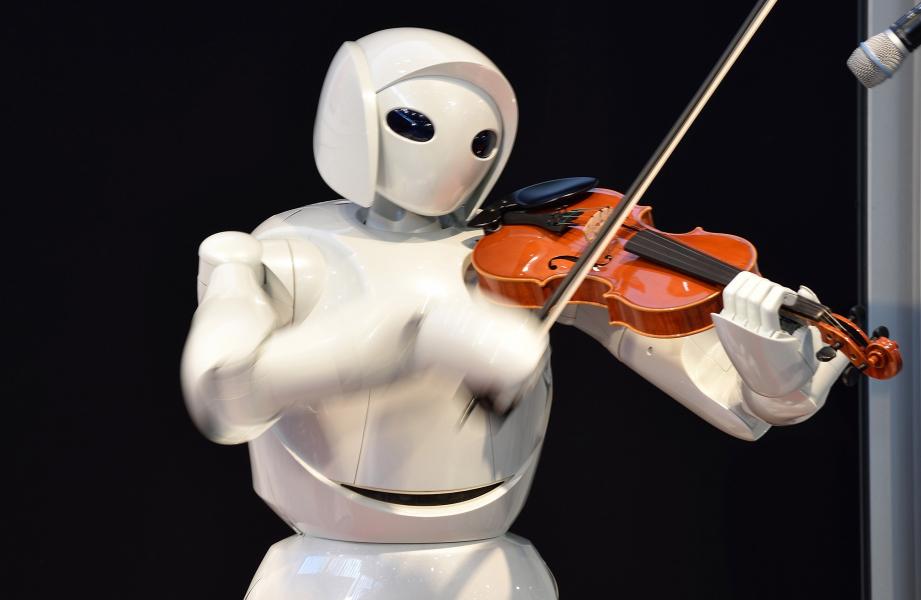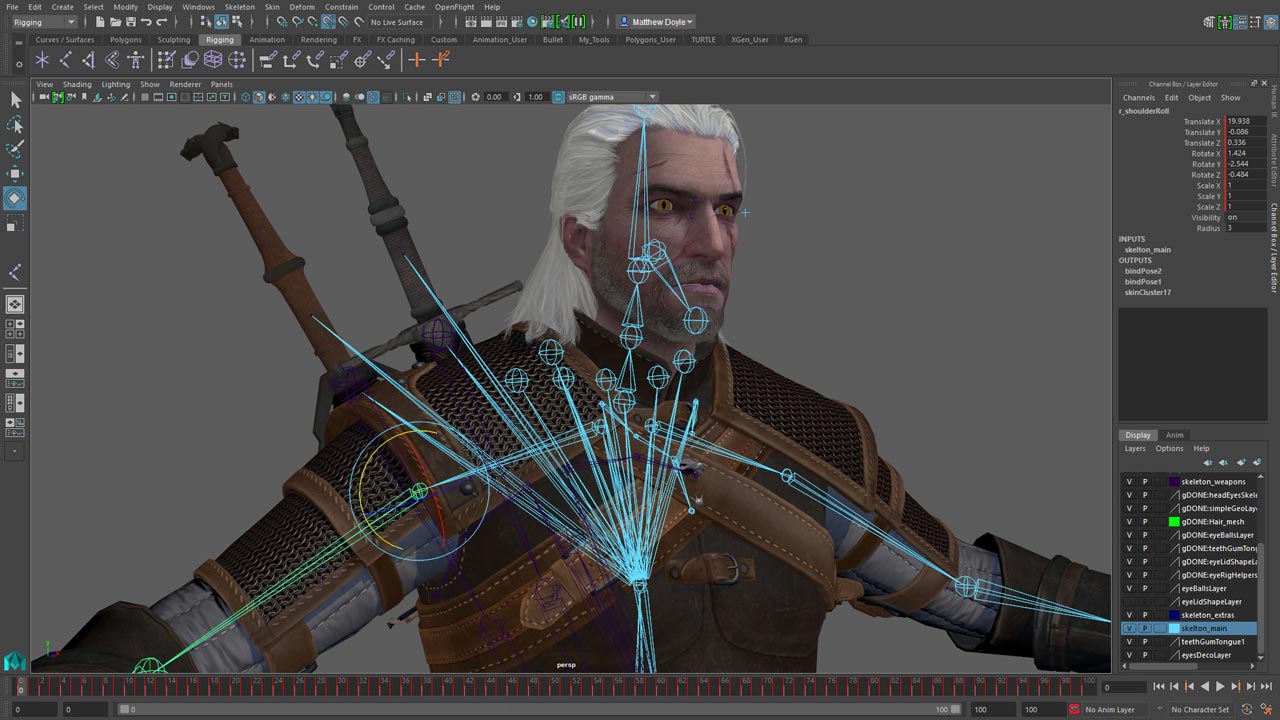
From developing senses to learning how to walk, Google’s DeepMind AI is making extraordinary progress. Where did it all begin?
DeepMind was founded in 2010 in the UK and was bought by Google in 2014 for $500 million. They are currently the world leader in AI (Artificial Intelligence) research.
DeepMind aims to “push the boundaries of AI,” “developing programs that can learn to solve any complex problem without being taught how.”
What Developments Has The DeepMind AI Program Made?
Google’s AI was teaching itself new things without a human counterpart late in 2016. The Ai increased its ability to control pixels and has also learned how to recognize rewards it earns in games based on prior experiences.
In February of this year, a set of algorithms created by Google DeepMind’s development team allowed AI to determine “the odor of particular molecules based on their chemical structure”, giving the program a sense of smell.
In early June, Google announced another project for DeepMind: auto-machine learning (AutoML.) This has allowed their AI to create a base model that can be trained and evaluated on a particular task. For example, when learning how to move (more on that below,) the AI created an avatar with legs, capable of walking as a person does. This is the base model. The task is movement. The more the AI tries to move, the more it learns and can figure out how to best control the model to move fluidly, fulfilling the task. When the article was published, Auto-machine learning was only being used for speech and image recognition, and surpassed Google’s Experts when running speech recognition tasks, which is a computer's ability to understand words and phrases that are spoken to it. So when you ask Siri a question, Siri is using speech recognition to convert your words into a machine-readable-format (aka data) in order to determine what exactly you’re looking for.
Earlier this month the DeepMind AI taught itself to run and jump. In a video game with the simple incentive of going from point A to point B. An avatar was created by the program which was then utilized to mimic walking, running and jumping motions with various obstacles thrown in the way. All of this was done without any human intervention. The program was given the incentives and the goal and the rest is history.
Less than a week ago, on Wednesday the 20th of June, the Google AI system managed to reduce one of the company’s data center’s cooling bill by 40%. This is a huge step forward for the problem of energy consumption. In an article on the DeepMind web page it was stated that for 20 years the company has been focusing on reducing energy use. In the article it’s stated that “by applying DeepMind’s machine learning to our own Google data centres, we’ve managed to reduce the amount of energy we use for cooling by up to 40 percent.” In other words, Google and every company under the colorful G umbrella will be able to improve energy efficiency.
Google continues its research on developing more and more complex algorithms for their AI tech. While some may say that they’re creating our future robot overlords and bringing about the apocalypse as we know it via ultra advanced self learning technology, it’s hard not to be excited about the developments.
How Does This All Work?
DeepMind’s AI learning processes consist mostly of playing simple games. In December of last year the team was using maze style games focused on logic, item pick ups and observations.
In April, a publication was released on the improvements of simulated environments (which is pretty much the landscape/location within a game) with an analysis of “factors affecting performance” (obstacles such as walls, trees, buildings people, other players, etc) in order to help the AI to plan, predict and act efficiently “hundreds of time-steps into the future.” In other words, the AI is able to predict what’s going to happen and how it should act 100 steps before it gets to the point of action. This was done using Atari games, a 3D car racing game and more mazes. Throughout these various games and simulators the bot was able to predict and correct its actions ahead of time, with results that can be “used to improve exploration and is adaptable to many diverse environments.”
Essentially the DeepMind AI program is put into a scenario or game and has objectives with rewards. The program goes about testing and trying different tactics to solve the issues at hand without human interference. The DeepMind AI has succeeded in tackling several real-world issues and is being utilized worldwide to help solve the big problems we face on our planet.
Why Does This Matter?
The DeepMind website lists its reasons for research as an attempt to tackle slow progressing issues such as climate change, healthcare, energy use and more.
Many of us when we hear about an advanced AI we think of Apple’s Siri or Amazon’s Echo, which are able to process commands, questions and phrases and act accordingly, setting schedules, playing music, purchasing items and the like.
But the DeepMind is so much more than just a friendly character to guide us on our journey. It’s a symbol of not only the advancements within our tech, but also of where we could be in the next few decades. While many fear the presence of intelligent artificial life (the fear coming from an irobot/terminator style apocalypse) many hope to see the future of our welfare improved by the presence of artificial intelligence use capable of reducing waste, energy use, improving health and medical care and so much more.







